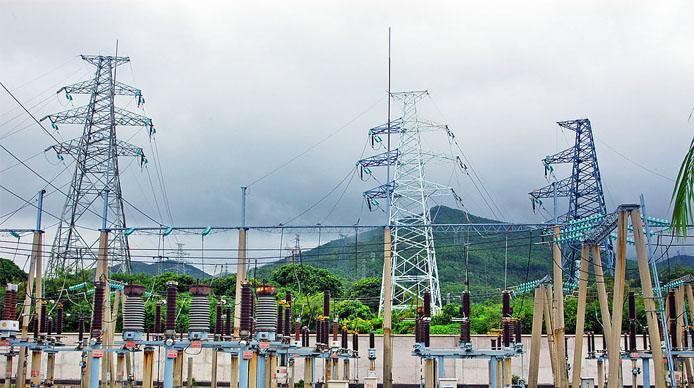Large-scale renewable source hydrogen generation and energy storage
The wilderness of western China is vast, and the installed capacity of renewable energy is huge. The rapid development of new energy in Hainan Autonomous Prefecture is also a microcosm of China’s energy transition. In the past ten years, under the encouragement of the national policy of “building large bases and integrating into the large power grid”, the upsurge of new energy power generation has risen in the three north regions. A photovoltaic power station and a wind farm have been erected on the gobi and desert. The "centralized" development of new energy has put the new energy in the Three Norths in a dilemma of "cannot be used up or delivered". Power generation and grid companies in different positions once blamed each other. Since 2017, the supervisory authority had to suspend arranging the scale of new wind and photovoltaic power generation in the Three North Region.






